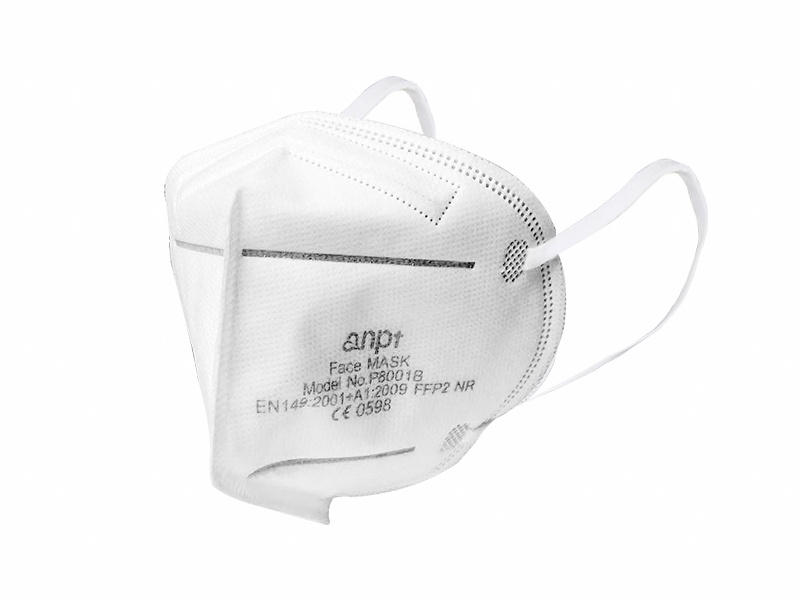News
Understand the latest news
FFP2 masks, classified under European standard EN149:2001+A1:2009, are widely used for protection against airborne particles such as dust, smoke, and microorganisms. They are designed with multiple layers of filtering materials to achieve high particulate filtration efficiency. However, when it comes to protection against chemical fumes or gases, FFP2 masks are not suitable. Here’s why:
1. Filtration Mechanism:
FFP2 masks employ mechanical filtration mechanisms to capture particles from the air. These masks are effective at filtering out solid particles larger than 0.5 microns and provide filtration efficiencies of at least 94%. However, chemical fumes and gases are typically composed of molecules that are much smaller than particulate matter. The filtering materials used in FFP2 masks are not designed to capture or absorb these molecular-sized particles.

2. Seal and Fit:
While FFP2 masks fit snugly against the face to prevent particles from entering through gaps, they do not create a complete seal that can effectively block gases or vapors. Chemical fumes and gases can easily penetrate through the mask's filtering materials or around its edges, compromising the mask's ability to provide protection.
3. Certification Standards:
FFP2 masks are certified under European regulations specifically for their particulate filtration efficiency. They undergo testing to ensure they meet standards for filtering out airborne particles, but they do not undergo testing for protection against gases or vapors. Respirators designed for chemical protection undergo different testing procedures and are equipped with specialized cartridges or filters that can absorb or neutralize specific gases and vapors before they reach the wearer's respiratory system.
In summary, while FFP2 masks are effective for protecting against airborne particles such as dust and smoke, they should not be used for protection against chemical fumes or gases. For environments where chemical hazards are present, including gases and vapors, it is crucial to use respirators that are specifically designed and certified for chemical protection. These respirators typically include activated carbon filters or other specialized filtration media capable of capturing and neutralizing hazardous chemicals before they can be inhaled.
Always consult with occupational health and safety guidelines and regulations applicable to your industry or region to ensure you are using the appropriate respiratory protection equipment for the specific hazards present in your work environment. Protecting against chemical exposures requires using respirators that are tested and certified to provide adequate protection against the types of chemicals encountered.